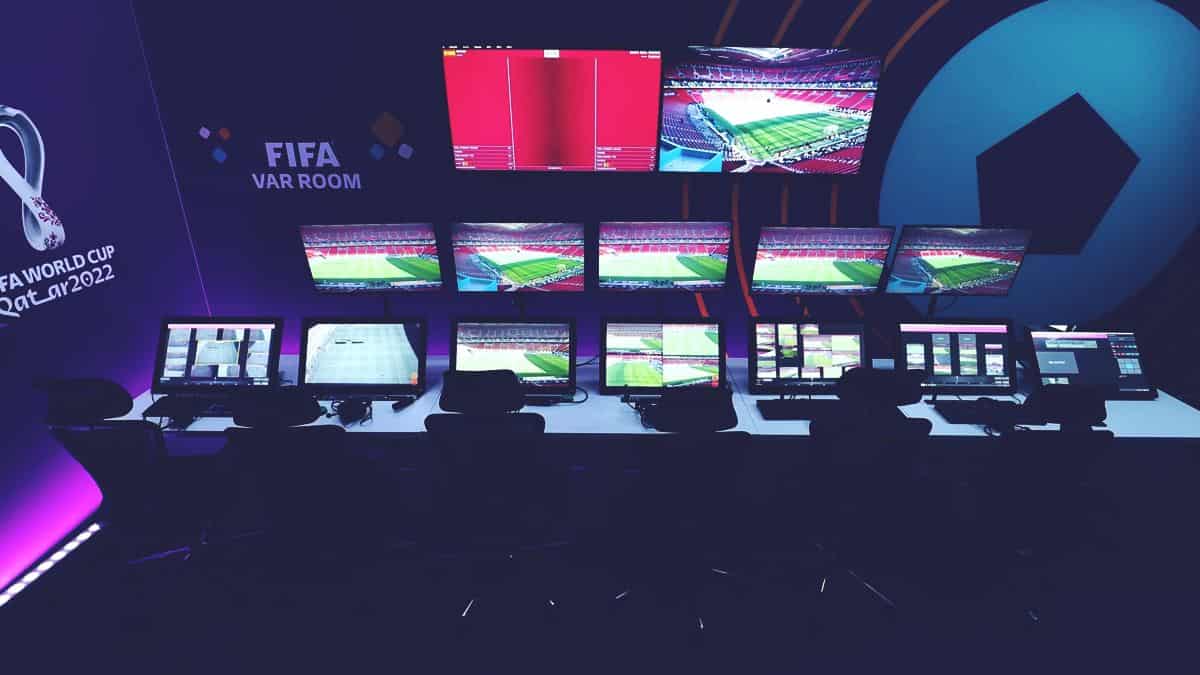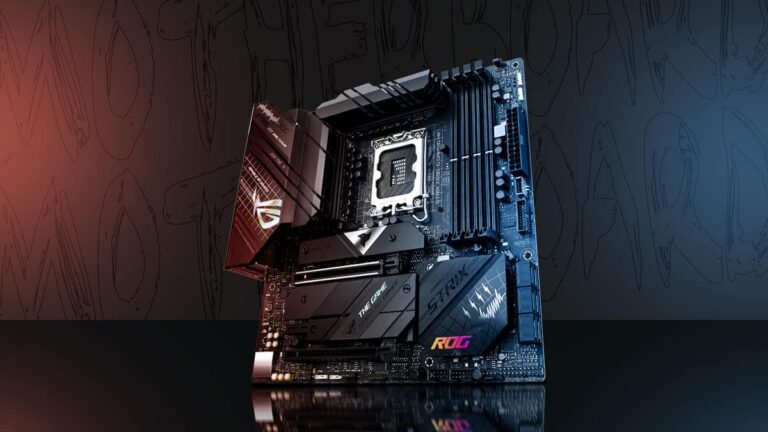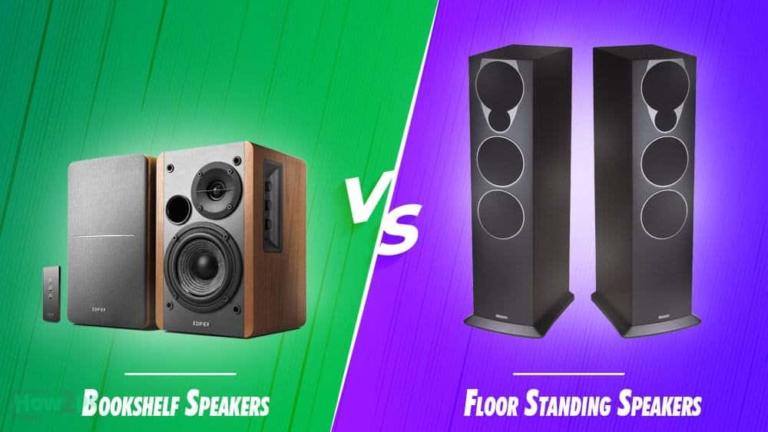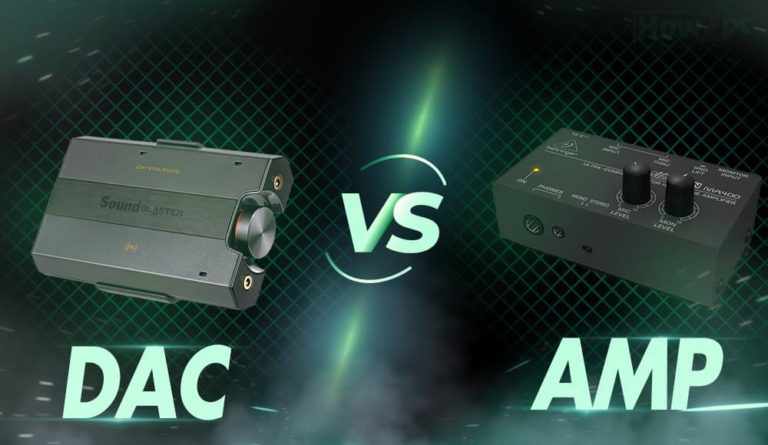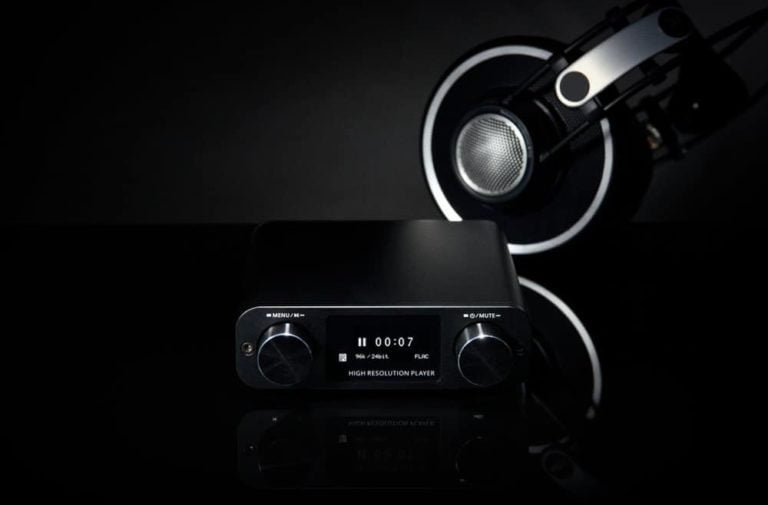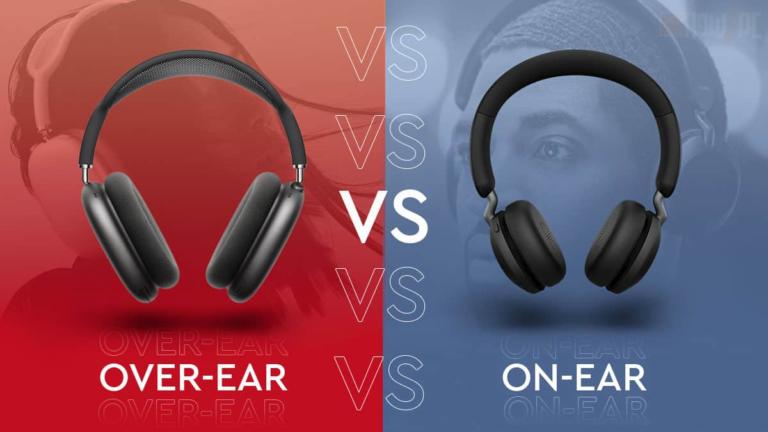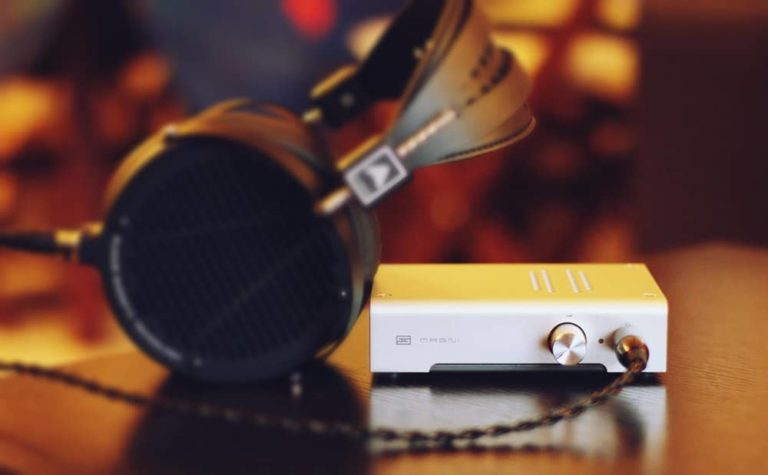Compared with 20 years ago, sports today have evolved greatly. Almost everything being done is based on data, from recruitment to half-time analysis. Thanks to these analytics, teams and coaches can also make better decisions, select the right players, and even prevent injuries. Jump to the other side, and you find that we, as fans, also rely on the statistics generated to analyze things such as NFL betting lines as we try to add more flavor to the game.
But what most of us don’t often think about is that there are lots of different technologies that are working together to make all these possible. Today, we’ll focus on the main ones.
Data Collection and Sensors
As with all analytics, everything starts with data collection. However, data collection today is very advanced when it comes to sports, with technology making it possible to record every move and activity. The first method used for this is sensors, from GPS trackers to heart rate monitors. There are also sensors that track players on the field. They can record details such as speed and acceleration in real-time, making it even easier for coaches to make in-game decisions.
Besides the player, we then have ball-tracking sensors. These make it possible to capture information about a ball’s trajectory, spin, and velocity, data that can be quite useful during analysis. Environmental sensors are also used actively in sports such as Formula One to provide details such as “rain expected in 3 laps.”
Machine Learning and Artificial Intelligence (AI)
Machine Learning and Artificial Intelligence are the brains behind everything to do with advanced analytics. Through these technologies, you can turn raw data, structured or unstructured, into actual insights and predictions. By sifting through the data collected by video cameras and sensors, machine learning and AI can identify patterns, trends, and correlations. This wouldn’t be possible with human analysts and the naked eye.
The data provided by machine learning and AI is used on many fronts, including betting. Sportsbooks can use historical data to create odds. When the game is being played, second-by-second data is then used to create quick adjustments based on what is happening on the pitch. Bettors can also use the trends and predictions provided by ML and AI to place informed bets.
Video Analysis
Video technology is what makes it possible to watch the game when we are not in the stadium. The technology records everything that goes on the pitch or track, and this can then be analyzed by coaches, pundits, fans, and bettors.
However, video analysis is much more advanced today than it was even a few years ago. First, there are cameras almost everywhere that track individual players and everything happening on the pitch. But a highlight of this technology is in soccer, where it is used by Virtual Assistant Referees (VAR) to help make on-field decisions. It is also being used in combination with AI to rule on possible offsides without human intervention.
Sports Biomechanics
We have gone beyond just tracking things happening on the pitch. Now, there’s a whole new field of sports biomechanics, which is concerned with studying how players move. This involves everything from how a basketball player jumps to how a particular player takes a golf swing. This information is collected and analyzed, with the aim being to reduce injuries and optimize performance.
One of the sports that has done well in this area is the NFL. The national sport has integrated multiple RFID tracking chips between players’ shoulder pad layers and some on the back. The chips are used to monitor how players move, with the main aim being to make the sport safer. These technologies are quite useful, and we can expect them to become even more capable year on year.

